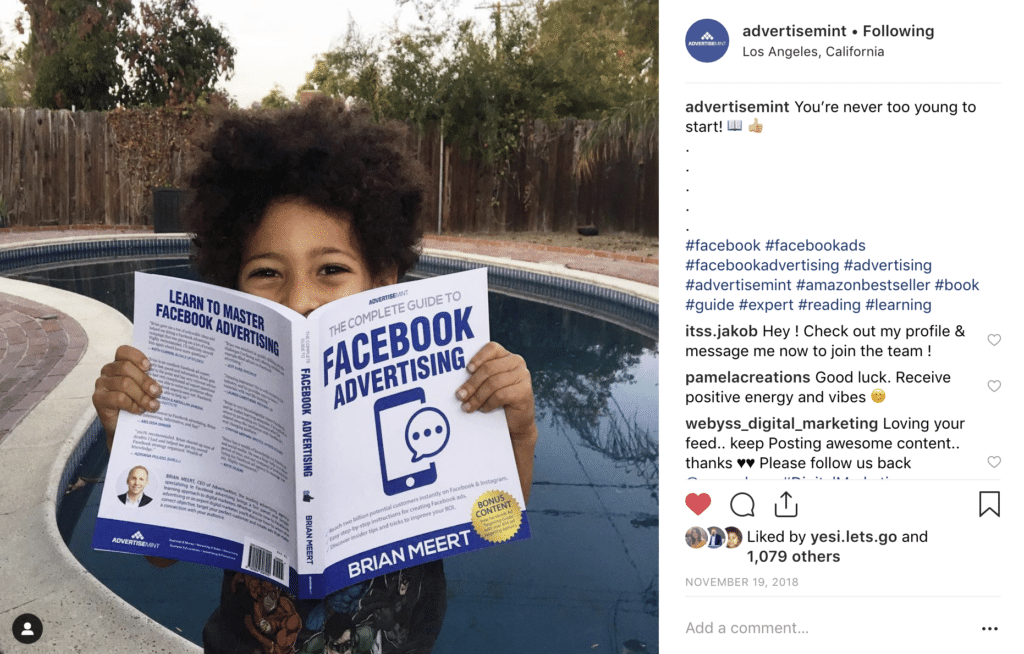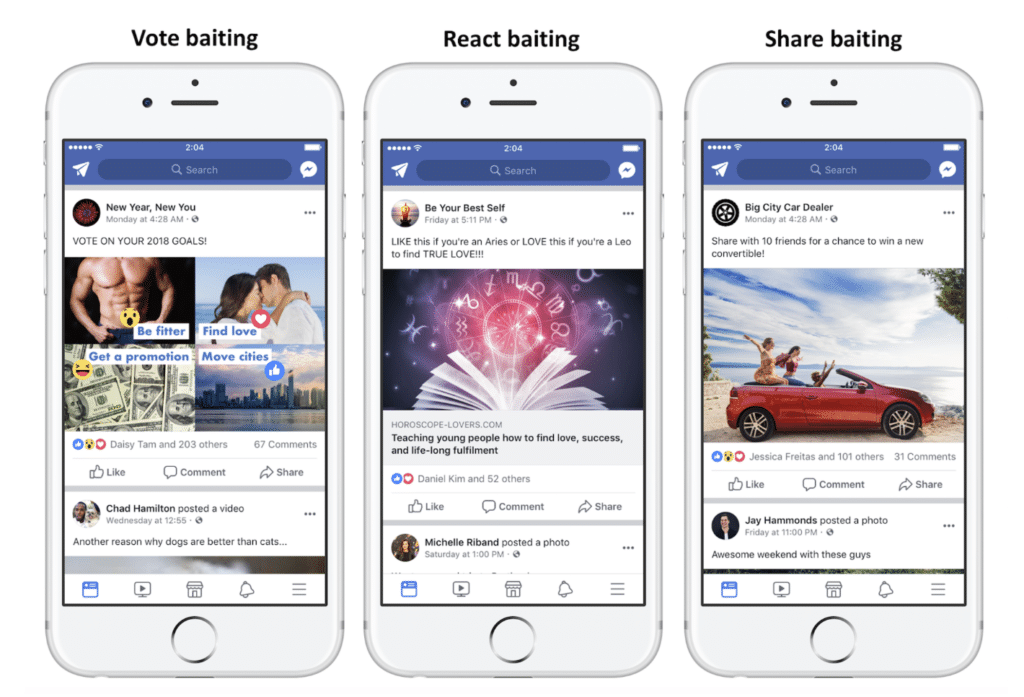
Everyone’s a critic, and with a social media account open to the public, there will be multiple people who will scoff at the most minuscule flaw on your profile feed. (That’s if they’re feeling magnanimous. They can do much worse.) You won’t always evade critics and hostile trolls, but you can at least avoid backlash for committing these Instagram faux pas.
Splitting Images on Feed
You’ve seen this one before: multiple posts forming one giant image on the grid. The finished product appears striking and beautiful on your profile but disjointed and indistinct on your followers’ feeds. As you post sections of the larger image one by one, they will appear as indistinguishable and random blocks of colors and shapes.
If you insist on splitting images, make sure each post stands on its own. Musician Anderson Paak does a good job of that, creating posts that appear as a finished and coherent whole on the feed: one post displays an image of a bird swooping over the mountains while another shows green rolling hills. The images combined show Paak drumming before a mountain range.

Neglecting to Tag Repost Source
Featuring user-generated content and content you find online is an easy way to maintain your posting schedule and grow your feed. Both parties win: you receive free content and the source of the post receives free exposure…unless you didn’t tag the source.
Forgetting to tag the original owner of a post is a huge faux pas because, by posting the work without attribution, you’re implying ownership over that work. Always credit original owners of works that don’t belong to you.
If posting work you find online, make sure the image or video is free for use otherwise you will infringe on the creator’s copyright. If you’re lucky, you’ll receive incensed words in the comments section for your infringement. If you’re not lucky, you’ll be the subject of a cease and desist.
Using an Unattributed Quote
Quoting a source, whether on the image or caption of your post, without giving attribution is plagiarism: your followers may assume the quote belongs to you. When posting a quote, as many Instagram accounts are apt to do, cite the source by tagging or hashtagging the person to whom it belongs. You can also cite the source the traditional way, using an em dash, the first name and last name.

If you don’t cite your source, people familiar with the quote may point out your inadvertent plagiarism in the comments section, causing a bit of a stir. Of course, some centuries old, common quotes have unknown sources. If that’s the case, you don’t need to attribute the quote, but for extra precaution, you can cite the source as unknown.
Neglecting Your Followers
Have you ever felt a rush of excitement and happiness when your favorite Instagram account responds to your comment? Your followers feel that same rush when you respond to theirs. Maintaining loyalty among your followers doesn’t end at posting quality content that they love. No, you must give them the attention that they secretly yearn for. When they leave positive comments on your posts, a simple thank you will brighten their days and encourage them to engage with your posts in the future. Even if they leave negative comments, responding to those show your dedication to your fans.
Of course, if you have thousands of followers, it would be impossible to respond to every comment you receive, but occasional responses to notable replies will show followers that you pay attention.
Adding Too Many Hashtags
You posted a stunning image with a caption that is so well written, it would bring John Keats to tears. But all that beauty stops where your huge chunk of hashtags begin.
Hashtags are both a blessing and a curse: on the one hand, they increase engagement, but on the other hand they make your account appear unestablished and desperate. To appease followers while also reaping the benefits of engagement and exposure, add only a few hashtags that are relevant to the media you’re featuring.
If you insist on using a lot of hashtags (although this advice applies to both large and small use), you can delay the hashtags on your caption or post them in your comments section where they will be buried under people’s replies.

Posting Engagement Bait
There’s nothing more eye-roll worthy than an image of a frail old woman with the caption “Don’t like this if you don’t love your grandma.” By scrolling past the image without tapping to like, you’re an awful person who hates your own grandmother, the post implies. Shame on you.

Desperate posts like that, known as engagement bait, use images with captions that goad followers into interaction. Facebook cites several types of engagement bait: vote baiting, react baiting, share baiting, tag baiting, and comment baiting. Although many accounts rely on engagement bait to increase interaction, it’s seen as a big faux pas not only by users but also by social media platforms. In fact, Instagram’s parent company Facebook fights against engagement bait, citing it as spammy and inauthentic. Rather than artificially generating interaction, post entertaining, stunning, and relevant content that sparks discussion.
Buying Followers
Buying followers is a controversial practice that is condemned by some and embraced by others. It’s a necessary evil needed by burgeoning accounts to establish credibility and grow followers: the more followers you have, the more credibility you gain, the more users are likely to follow your account.
Yet, buying followers can harm your social media campaign in the long run. Not only does it inflate marketing costs, but it’s also the target of Instagram’s great bot purge and of criticism by those who see fake followers as deceptive. Buying followers now may seem like a good idea, but it may, in the future, bite you in the derrière.
Perfection is not an easy goal to achieve. Appeasing everyone—the internet trolls, the social media cognoscenti, the keyboard warriors—is an even difficult feat, but you can give yourself some protection by avoiding the Instagram blunders that will send a flurry of hateful replies to the comments section.
